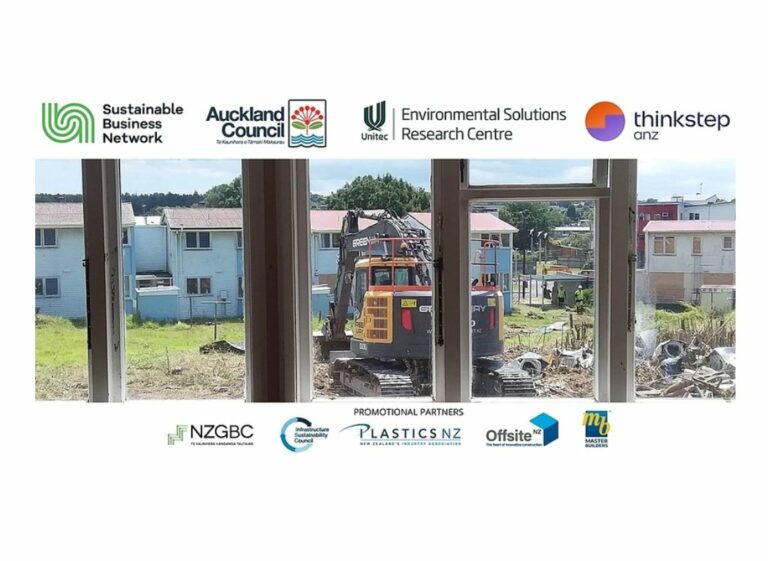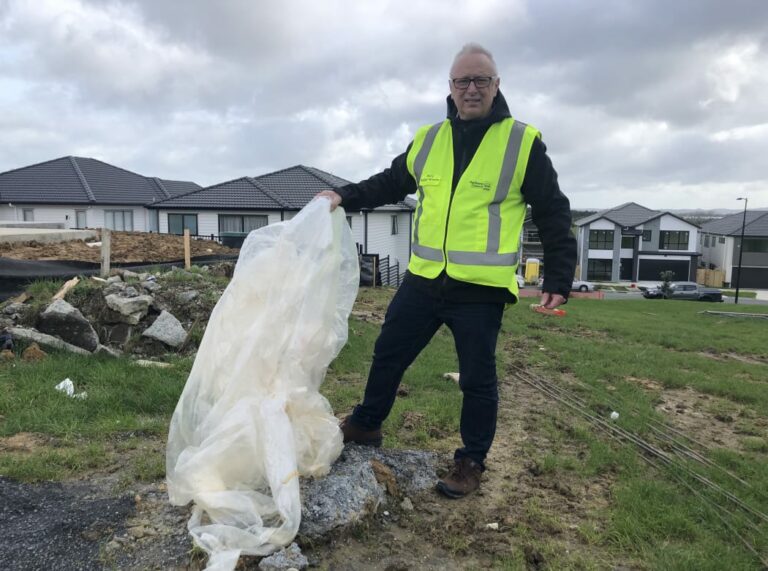This is the second in a series of three articles on the environmental management of concrete. Pumping concrete takes a versatile material to new places. But this carries additional environmental risk. Concrete that escapes from pumping activity can be very destructive to local waterways.

Councils across the country are placing more emphasis on the effects of concrete use on water quality. It is really important that you consider the effects your concrete pumping activities may have on the environment, before you begin.
Contractors can face abatement notices or fines from councils if wet concrete or slurry is found outside of construction sites.
Some common-sense actions will reduce the risk of releasing concrete into waterways.
- Before starting a pumping job, identify where any run-off will flow, kerb channels, stormwater drains and natural water bodies.
- Ensure there are adequate facilities onsite for washing out and that wash out will not run off the site.
- Check for any specific environmental or waste management plans with the site or project manager.
- It is the responsibility of the pumping contractor to ensure residue or clearing of pipes does not escape from the site.
- Pumping into gutters, berms or neighbouring properties is destructive and unacceptable.
- Excess concrete should be disposed of into a site receptacle designated for concrete such as a pump out bag and allowed to set.
- Ensure that all staff have appropriate training that addresses all aspects of environmental responsibility required of a professional concrete pumping contractor, including spill response procedures, pollution controls and proper clean-up procedures.
Simple planning before a pumping project starts can reduce the risk of concrete pumping presents to the environment and prevent fines and abatement notices.






